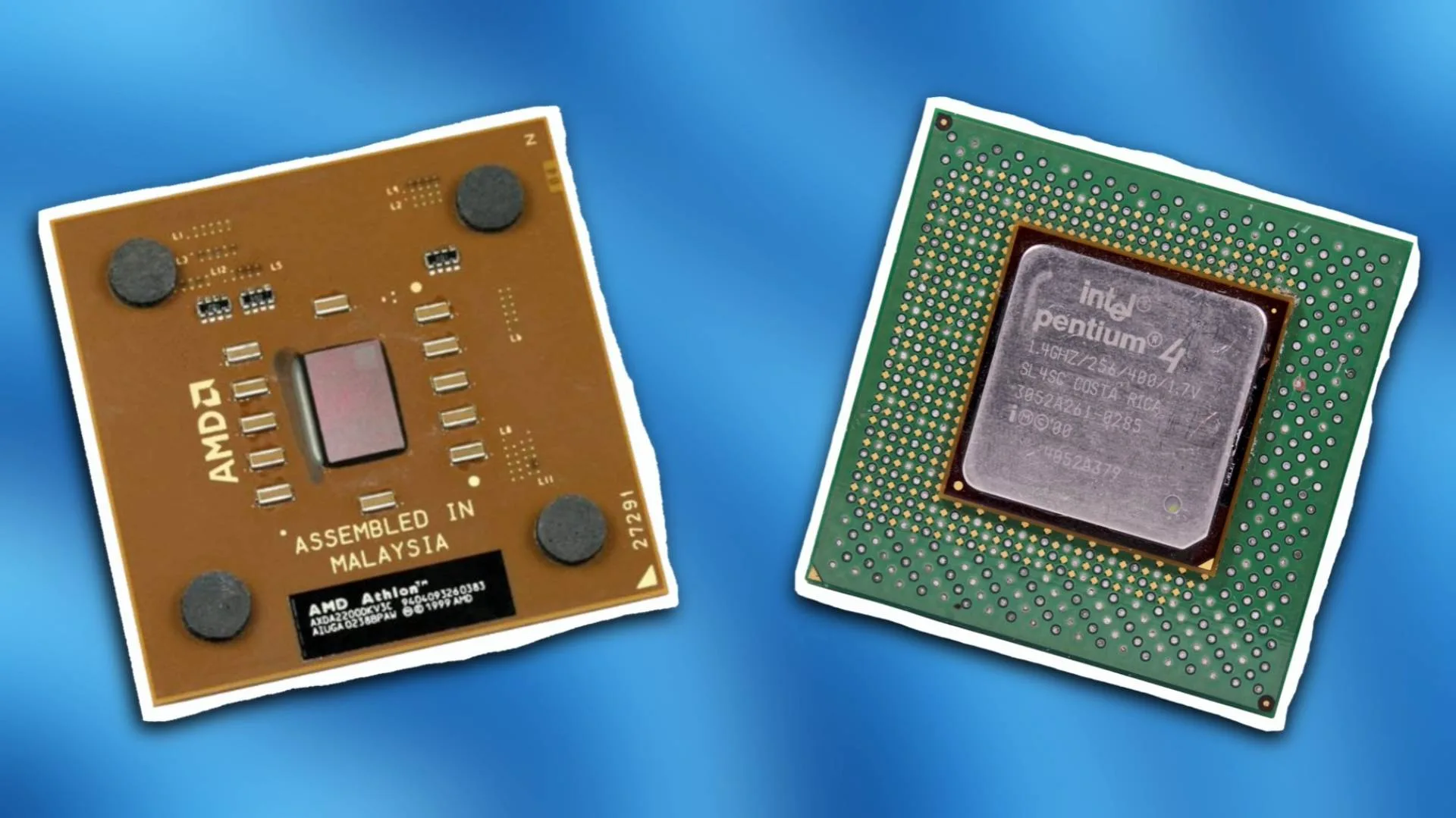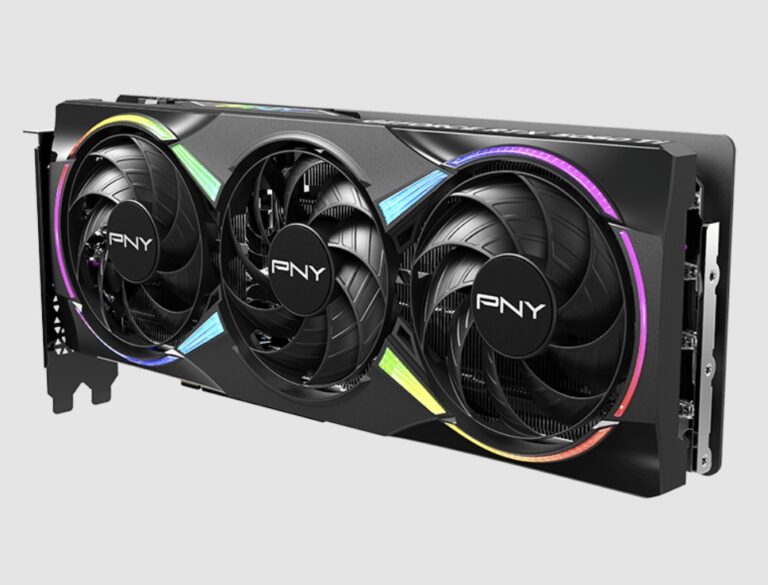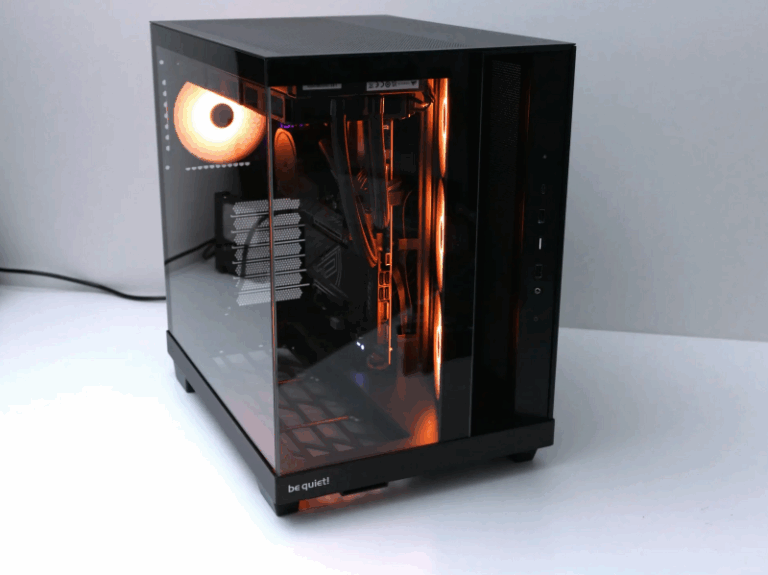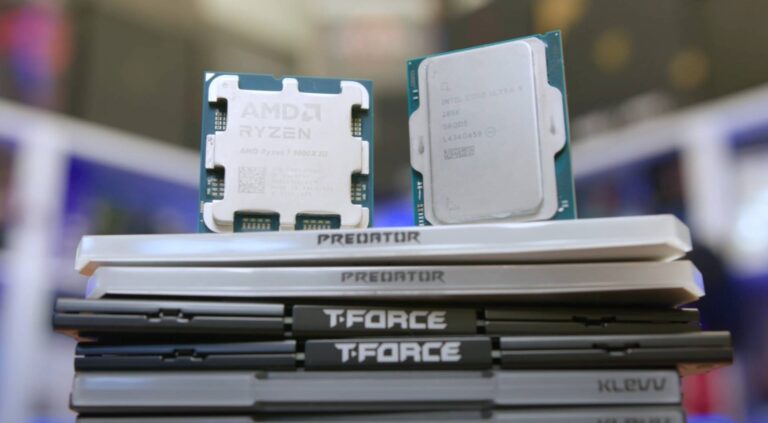
For the better part of two decades, the war for PC dominance was simple. It was a brutal, head-to-head arms race fought on a single front: clock speed. From the days of the Pentium 4 and the Athlon XP, the company that could cram more gigahertz onto a chip was crowned king. It was a simple, easily marketable metric for success that we all understood. More megahertz meant more power. It was the tech equivalent of a horsepower war. But then, a few years ago, AMD did something strange, something that broke from tradition. They released a chip that seemed, on paper, to be a step backward, and in doing so, they changed the game potentially forever.
The End of an Arms Race
Right now, the choice of a high-end CPU is no longer a simple numbers game. It’s a choice between two fundamentally different religions of performance. On one side, you have Intel’s traditionalist faith in the brute force of high frequencies and a sea of cores, a strategy that has served them well for years. Then, on the other hand, you have AMD’s new gospel, preaching a radical, almost heretical idea, that for gaming, a bigger brain is better than a stronger arm.
This schism in design philosophy is embodied by one of the most disruptive technologies we’ve seen in a decade: AMD’s 3D V-Cache, the tech behind the “X3D” suffix. It has become the dividing line in the CPU world, forcing builders to question everything they thought they knew about what makes a gaming PC fast. It’s a debate about latency versus frequency, efficiency versus raw power, and short-term wins versus long-term value.
So today, we’re dissecting AMD’s masterstroke. We’re exploring the science behind why this stacked-chiplet technology is so devastatingly effective in games, exposing the hidden costs and collateral damage of the old-school “clock speed is king” mentality, and giving you the definitive guide on which philosophy should power your next rig.
The Cache Coup: AMD’s Vertical Revolution

To truly grasp why X3D is such a big deal, we need to talk about the single biggest bottleneck in modern computing: the trip to memory. Imagine a master craftsman at a workbench. The craftsman is your CPU core, working at an incredible speed, and the main parts warehouse is your system RAM. It’s huge and holds everything, but it’s across the factory floor. Every time the craftsman needs a part that isn’t at his bench, he has to stop work, send a request, and wait for a runner to fetch it. This waiting period is latency, and it is the mortal enemy of a smooth gaming experience.
For years, the solution was to make the craftsman work even faster, with higher clock speeds, to try and compensate for the downtime. The other solution was to give him a small tray of the most commonly used parts right on his workbench. This is the CPU’s cache. There are three levels: L1 is the handful of screws he holds in his hand, impossibly fast to access. L2 is the magnetic tray on his wrist, which is still incredibly fast, and then L3 is the large, shared shelf right next to the bench. For a long time, the size of this L3 shelf was limited by the 2D floor space. You could only make it so big before you ran out of room.

Then came the Ryzen 7 5800X3D. When it was announced, the community was a little sceptical. The spec sheet showed it had lower clock speeds than the existing 5800X. It felt like a bizarre side-grade if anything, but AMD had performed architectural black magic. Using a cutting-edge “hybrid bonding” process developed with TSMC, they had managed to fuse an extra 64MB slice of L3 cache directly on top of the existing cache, with no slow-down in communication between the layers. They didn’t expand the workshop; they built a perfectly integrated second floor, and sticking with the analogies, the craftsman’s workbench space tripled overnight.
This is AMD’s 3D V-Cache. It’s a brute-force hardware solution to a complex software problem. Games, especially open-world titles, simulations, and MMOs, are, frankly, for want of a better word, chaos. Unlike a predictable rendering task, a game is constantly asking for millions of unpredictable bits of data such as enemy AI routines, player positional data, complex physics calculations, and texture lookups. With a normal-sized cache, many of these requests result in a “cache miss,” forcing that agonisingly long trip to the RAM warehouse and causing a micro-stutter. With the colossal 96MB cache of an X3D chip, the vast majority of those requests become a “cache hit.” The data is already there, on the shelf, and ready to go.

This is why X3D chips produce such astoundingly high “1% low” framerates. They don’t necessarily give you a higher maximum FPS when you’re staring at a wall, but they drastically reduce the frequency and severity of the performance drops that you feel as lag or stutter when the action kicks off. The Ryzen 7 9800X3D is the current perfection of this philosophy. It consistently outperforms far more expensive and power-hungry chips in gaming, not because it’s stronger, but because it’s smarter. It was a strategic coup, and an engineering marvel that proved that the clock speed arms race was technically a lie.







